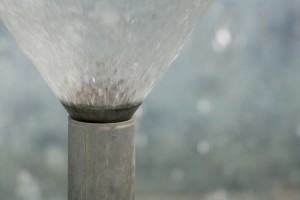Plumbing Checklist
The best way to prevent an emergency visit from a plumbing services company in the middle of the night, on the weekends, or at any time is to carefully maintain the plumbing system inside and outside of your house.
Twice a year, you should look at and then check off the items on this checklist. Perhaps you can do this in the fall when the clocks change and then again in the spring. That ways, you’ll be ready for temperature fluctuations in the summer and winter, which can definitely affect your pipes. It doesn’t really matter when you do it—as long as you get it done!
Pittsburgh’s Best Plumbing, Heating and Air, has created this handy Homeowner Plumbing Checklist to help keep your plumbing system running the way that it’s supposed to.
Look at the Plumbing
- This is the first line of defense against disastrous, expensive plumbing problems. Walk around your home and look at any exposed pipes. That means you’ll look in the kitchen, bathrooms, basement, laundry room, and outside. Look at each pipe (use a powerful flashlight for dim areas) and see if there are any leaks. Also look for watermarks on the pipes, the floor, ceiling, or wall that could indicate a past leak. Next, look for any corrosion, which will look like greenish-bluish stains on copper pipes and orange-yellow stains on steel pipes.
- Now look at the ceilings and the floors. Do you notice any bumps, depressions or bubbles in the ceiling that could indicate leaky pipes in the ceiling? Take a careful look at tile floors, since cracked tile could indicate water leaks under the subfloor.
- Look at your water heater and the pipes surrounding it. Make sure that there is no rust or corrosion on the pipes.
- Pull your washer from the wall and check the hoses to be sure that there aren’t any leaks.
- Check your toilet tank to see if you notice rust or discoloration anywhere. Also look where the toilet meets the floor and inspect the area for any leaks.
Run Water through All Plumbing Systems
- Now it’s time to test everything. Turn on the sink, tub, shower, laundry tub, etc. and see if you notice any drop in water pressure. This could be because sediment is starting to build up—or it could be because you run water-saving appliances. Make a note of anything that doesn’t seem to be working correctly.
- Flush the toilets, one by one. Does the water level return to where it should be? Does the toilet make a loud noise after you flush?
- Test your drains by running the water for a minute, shutting it off, and noting how quickly the water runs down the drains. Be sure that you don’t smell sewage during this time. Note if there are any bubbles coming up through the drain.
- Look for faucet drips by running the water for a minute, then turning the faucet off all the way.
As you go through this checklist, be sure to write down any issues. If you notice anything out of the ordinary with your pipes, drains, or any appliances that use water, give Pittsburgh’s Best Plumbing, Heating and Air a call. We are here 24 hours a day, seven days a week to help you with plumbing services anywhere in the West, East, South and North Pittsburgh areas.


